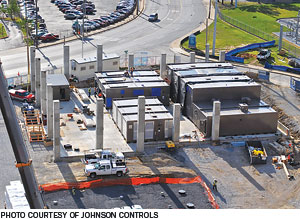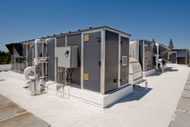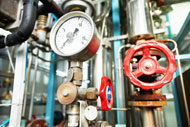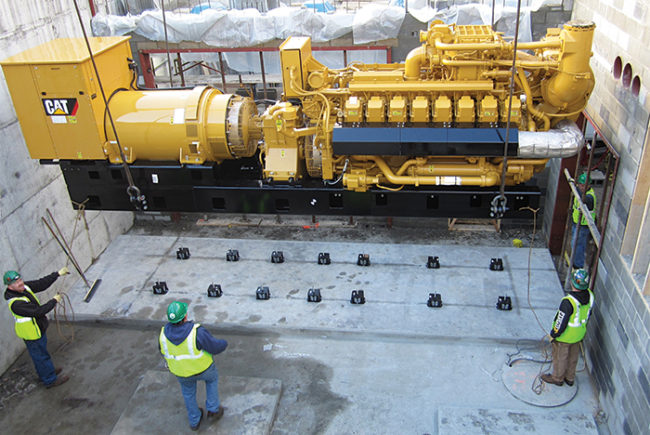Hospitals have traditionally designed and built central plants using conventional on-site construction methods. However, some health care facilities now are turning to modular central plants (MCPs) as they face pressure to increase flexibility and maintain costs.
 |
| The MCP at Le Bonheur Children's Medical Center took six days to install. |
The site of the new Le Bonheur Children's Medical Center in Memphis, Tenn., for example, features a 13-module central plant installed by Johnson Controls, Milwaukee. The plant will provide service to the 610,000-square-foot, 12-story facility.
"We chose a modular central plant because it gives greater flexibility for repairs and replacements," says Dave Rosenbaum, vice president, facilities management at Le Bonheur. "More importantly, the cost savings of modular construction gives us flexibility to use our budget for other priorities."
Depending on the facility's goals, a modular central plant may have many advantages. The scalable plants give hospitals the ability to easily add modules as their campuses grow or demands increase. With an MCP, these modifications can be made with little disruption to services provided by the existing plant and can also be moved to make way for future construction or to move capacity elsewhere.
Other advantages include reduced capital and installation costs, shorter lead times, reduced maintenance costs, a smaller footprint, flexible financing options and factory-quality construction, according to Johnson Controls officials.





